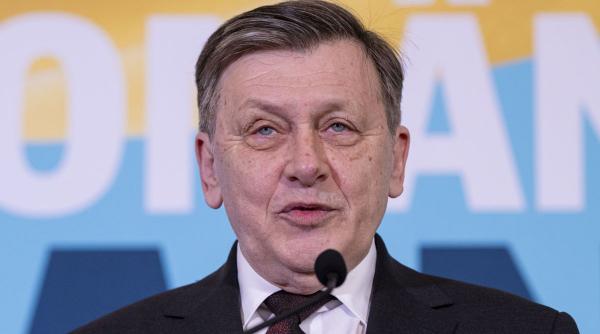The European Commission (EC) expects Romania’s economy to grow by 2.2% this year (above consensus forecast confirmed by modest 1.1% y/y growth in January-September) and to accelerate in 2024-2025 to 3.1% and 3.4%, respectively, under the Autumn Forecast.
The government recently cut the estimate for this year’s growth to 2% but expects robust advances in the coming years: 3.4% and 4.2%, respectively.
The EC remains even more reserved when it comes to the government’s fiscal consolidation progress: from 6.3% of GDP this year, the general government’s gap is seen as shrinking by only 1.2pp over the next two years to 5.1% of GDP in 2025. The gap is given in ESA terms versus the cash terms used by the Romanian government for short-term budget execution and general comments, but still, the 1.2pp drop is a modest performance.
Furthermore, the EC specifies that it hasn’t included the cost of the new Pension Law, but only the fiscal package that would make a positive 1.2% of GDP contribution to the general government balance. The Pension Law is estimated to cost the budget 0.5% of GDP next year and 1% of GDP in 225 under the estimates leaked from the IMF Article IV Consultation report – which likely reflect the impact net of corrective measures the government may take to absorb the shock. Romanian government sources put the gross impact of the Pension Law at 3% of GDP in 2025.
The general government debt is expected to increase from 47.2% of GDP in 2022 to 50.5% in 2025, under the European Commission’s modest fiscal consolidation scenario, reflecting still high deficits and slower nominal GDP growth in the coming years.
Risks to the fiscal outlook are described as tilted to the downside. Possibly lower GDP growth and upside pressures on public wages could result in higher government deficits.
(Photo source: Cosmin Iftode/Dreamstime.com)






_4bf57a2139.jpg)

















 English (US) ·
English (US) ·  Romanian (RO) ·
Romanian (RO) ·